Hikone Castle is an Edo-period castle in Shiga Prefecture. It’s one of only 12 castles in Japan where the main keep is still standing and one of only 4 that are listed as National Treasures. We visited Himeji Castle during Sakura time on a previous trip to Japan and that’s where my fascination with Japanese castles and their history began. On this winter trip, we decided to make a day trip north from Kyoto to see Hikone Castle.
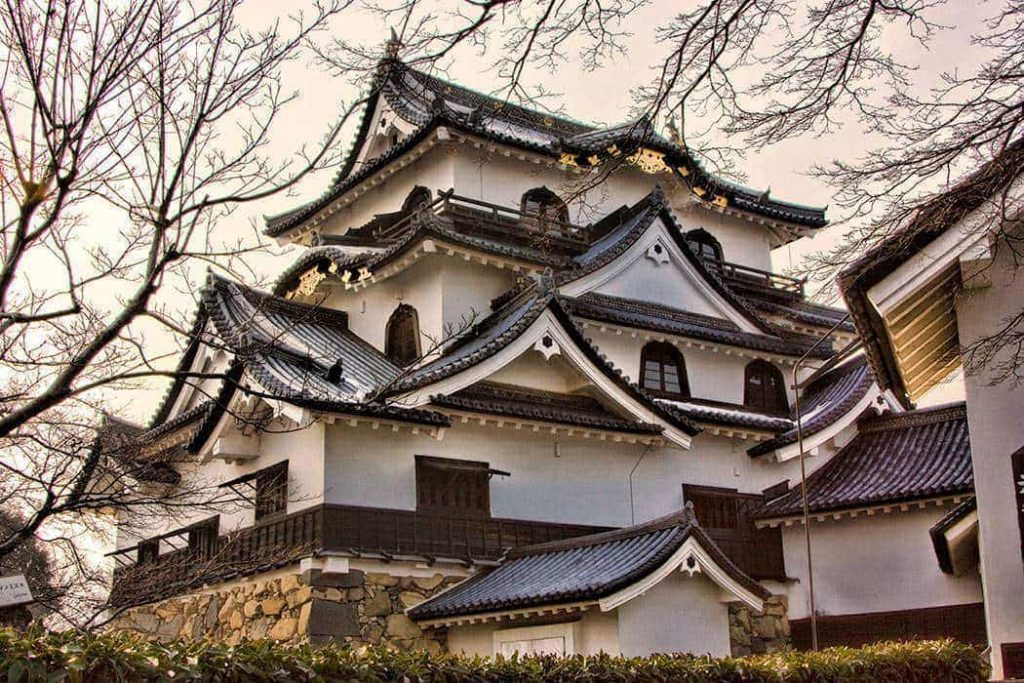
Checking the weather forecast online while we grabbed a warming morning coffee at the Starbucks outside Kyoto station I casually mentioned to Drew it was going to be the warmest day since we arrived in Japan. It was a comment I wouldn’t live down for a long time.
We jumped on the 40-minute Shinkansen and local train combo to Nagahama and as we headed north up the eastern side of Lake Biwa it started getting colder and I noticed an increasing depth of snow on the ground. It slowly dawned on me that while a 40-minute train trip in Australia might get me from the suburbs into the city for work, from Kyoto with the speedy and efficient train system it would transport me all the way to central Honshu.
It was clearly going to be a very different climate in the middle of the country and far from the warmest day of our holiday that I had predicted, somehow I had quite overlooked that in my detailed planning. Far from disappointed though, I was secretly thrilled to be enjoying my first day in the snow earlier than we planned albeit a bit inadequately dressed for it.
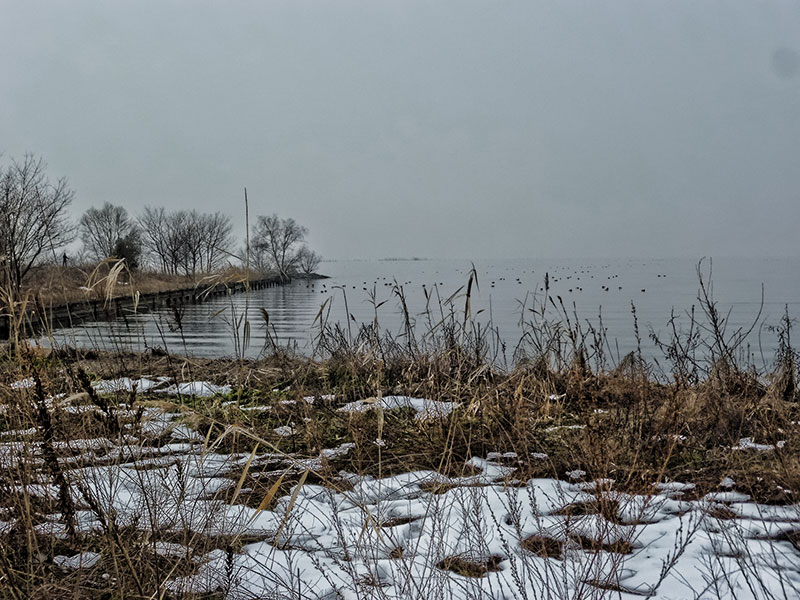
We spent a few hours in Nagahama at the Bonbai Festival then walked back to the station via the castle and lake before continuing on with the remaining 20-minute train trip to the town of Hikone. Snow wasn’t pilled on the sidewalk here as it was in Nagahama but it was still evident in the gardens and I learned quickly not to walk under the eaves of buildings when the first lot of snow crashed down from the rooftop of the historic castle stables onto the pavement in front of me.
It’s an easy 15-minute walk straight down the main road from the station to the castle. By this time we were starving and followed the moat around to Yume Kyobashi Castle Road which is a rebuilt street in the style of the historic castle town. Here we went in search of somewhere that appealed for lunch, hot food and a heated restaurant were high on our list of priorities by that point. There were some great choices and we were very pleased with the little place we found that offered an excellent Teishoku (complete meal set) featuring super flavourful and tender local beef.
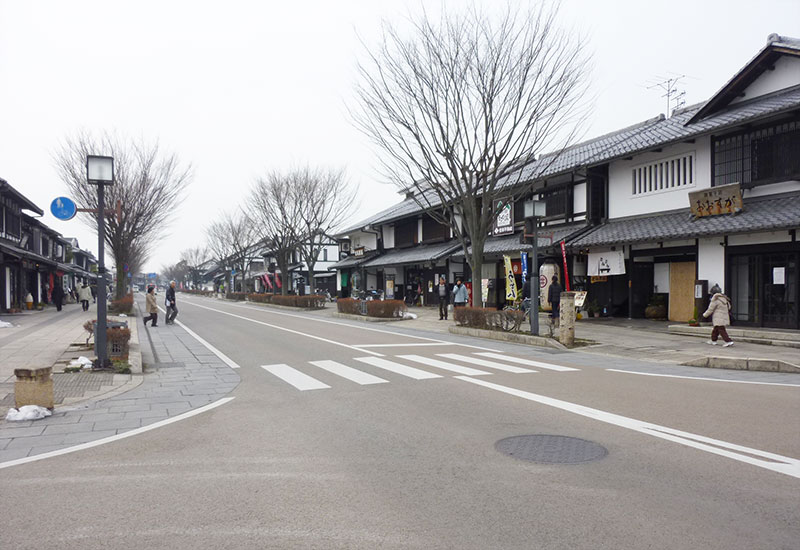
With hunger satiated the castle was the next destination. One of the surviving buildings outside the moat is a stable which we visited first. While it has no actual horses, the scale of the stalls and the model horse indicates that Japanese horses were much smaller than we are used to today, at least in Australia.
The stable that stands today was used to keep 21 of the lord’s horses mostly hitched and ready to go in this part of the stable. The building was previously extended to the south and there are plans to recreate the more extensive stabling area in the future. This is the best-preserved castle stable remaining in Japan from that period.
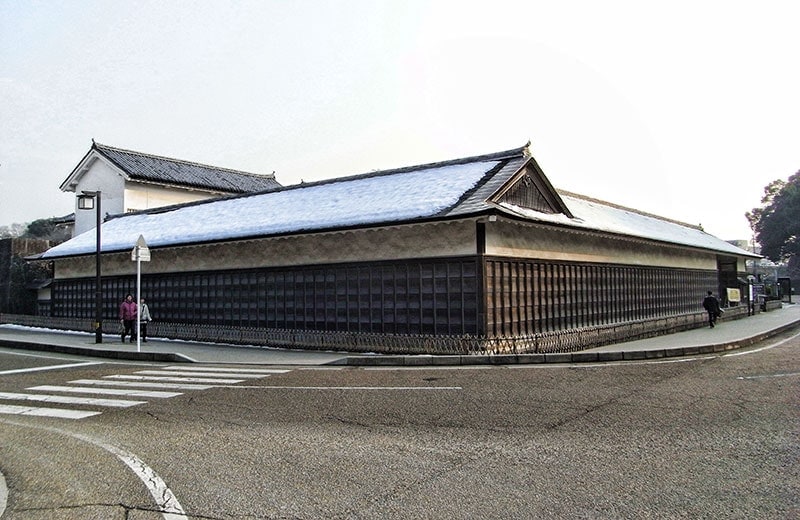
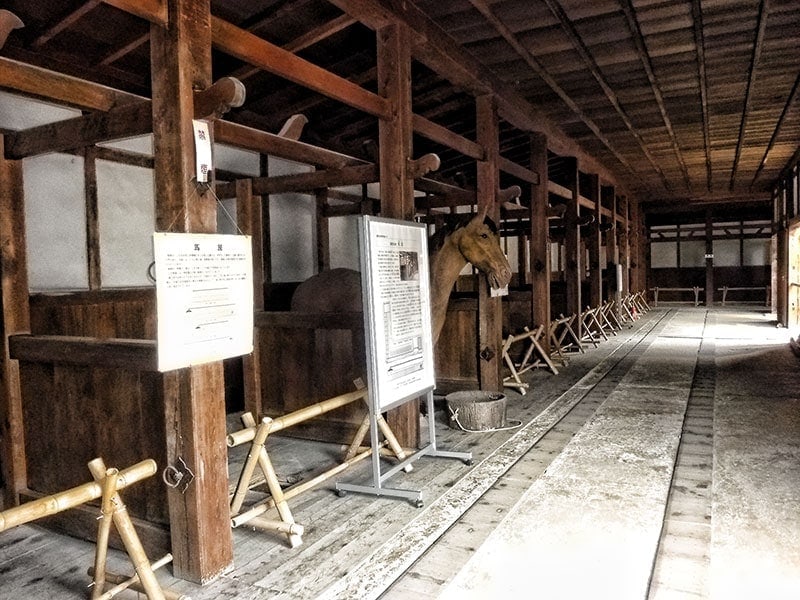
To enter the castle keep area, gardens and museum there is a fee of Y1000. We paid and took a look at the museum first, it wasn’t large but had some interesting displays. There was a particularly good display of Hina dolls, I think this may have been a special display due to the time of year. March 3 is Hina Matsuri or the doll festival and many major museums around Japan put on special displays of these collections. The dolls represent the Emperor, Empress and in many cases a lot of other court figures and accessories.
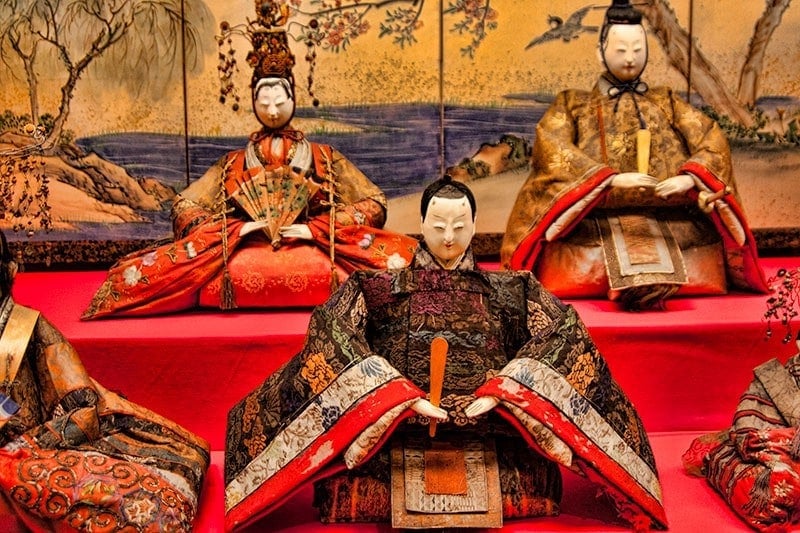
The garden structure looked like it would be pretty through most of the year but nothing was bursting through the snow during our winter visit. I’m sure 1-2 months later the sakura would be out and the gardens returned to their best for the remainder of the year.
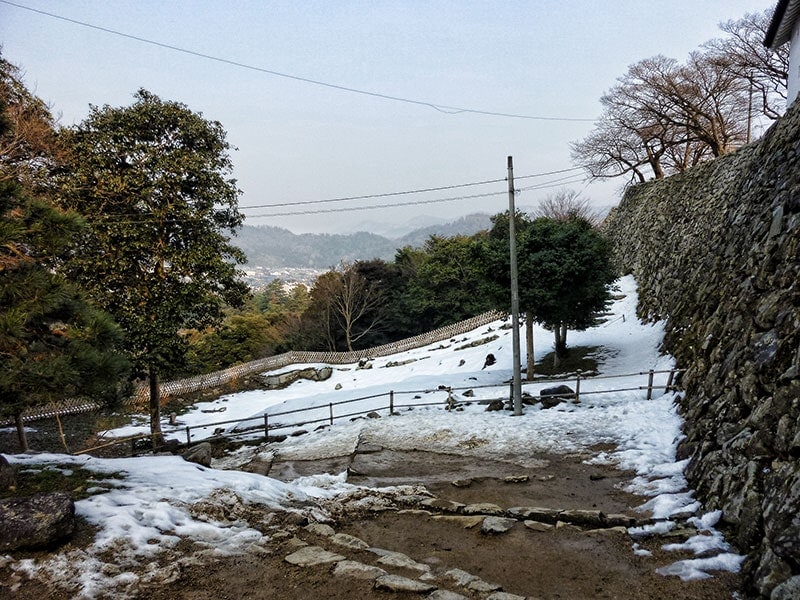
The approach to Himeji-jo is unusual and not something we’ve noticed in other castles we’ve visited. You work your way up a winding ascending path then across the wooden Rokabashi bridge. The purpose is that under attack the bridge could be quickly burned or destroyed slowing down access to allow the advantage to the defenders. You then pass through the Tenbin Yagura entry, a storehouse for weapon supplies and food.
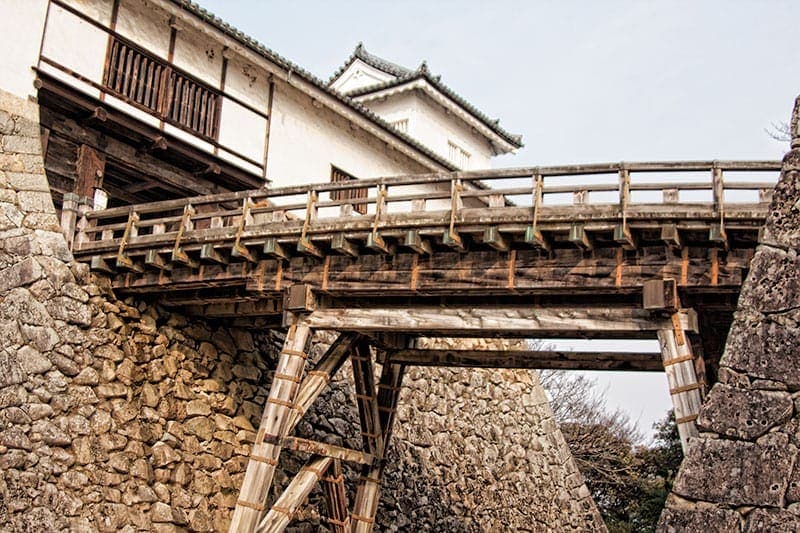
The castle keep (Tenshu) is the Lord’s inner palace. The finish and style seem very similar to what we saw at Himeji Castle and other original castles in Japan. The stairs inside are incredibly steep when you consider that the average person’s height historically was shorter than it is today and the traditional dress of the time wasn’t necessarily tailored for easy movement.

We were fortunate to have just returned outside the castle when the Jihosho Time Signal Bell was being prepared to be rung, it rings out 5 times each day. This particular bell was recast in 1844 and is huge, I’d say it’s probably as tall as me and cast from brass it must be incredibly heavy.
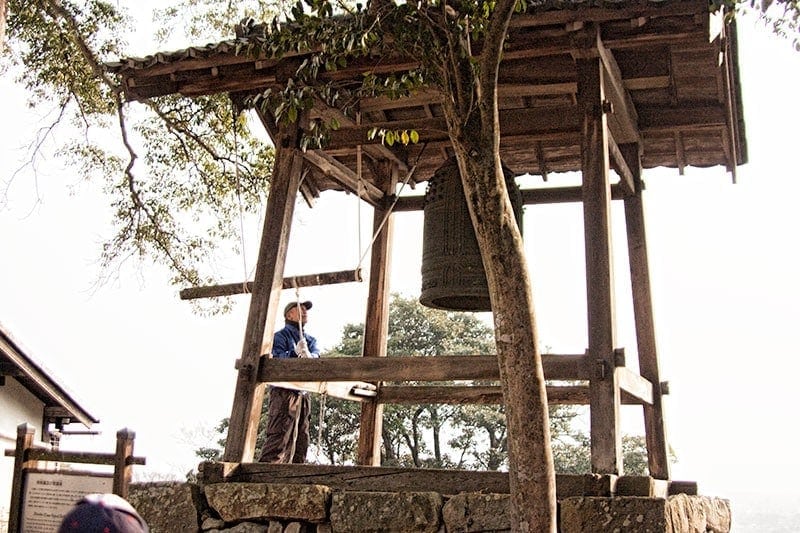
History of Hikone Castle
In 1600 Tokugawa Ieyasu won the battle of Sekigahara and took control of Sawayama Castle among his spoils. He gave the castle to Ie Naomasa for his distinguished service and the construction of Hikone Castle to replace Sawayama began in 1604. It took about 20 years to build the castle which consisted of the towers, the main palace, moats and castle town.
The two statues below show Li Naomasa, one of the 4 guardians of Tokugawa on horseback. He famously outfitted his troops in red armour earning them the name the Red Devils. This statue is outside the train station. The second statue is of Li Naosuke, also of the Li clan, who rose to become Chief Minister of the Tokugawa Shogunate in 1858. He helped open Japan to the outside world but his role was cut short when he was assassinated outside Edo Castle in 1860 by Mito loyalists. This statue is within the castle gardens.
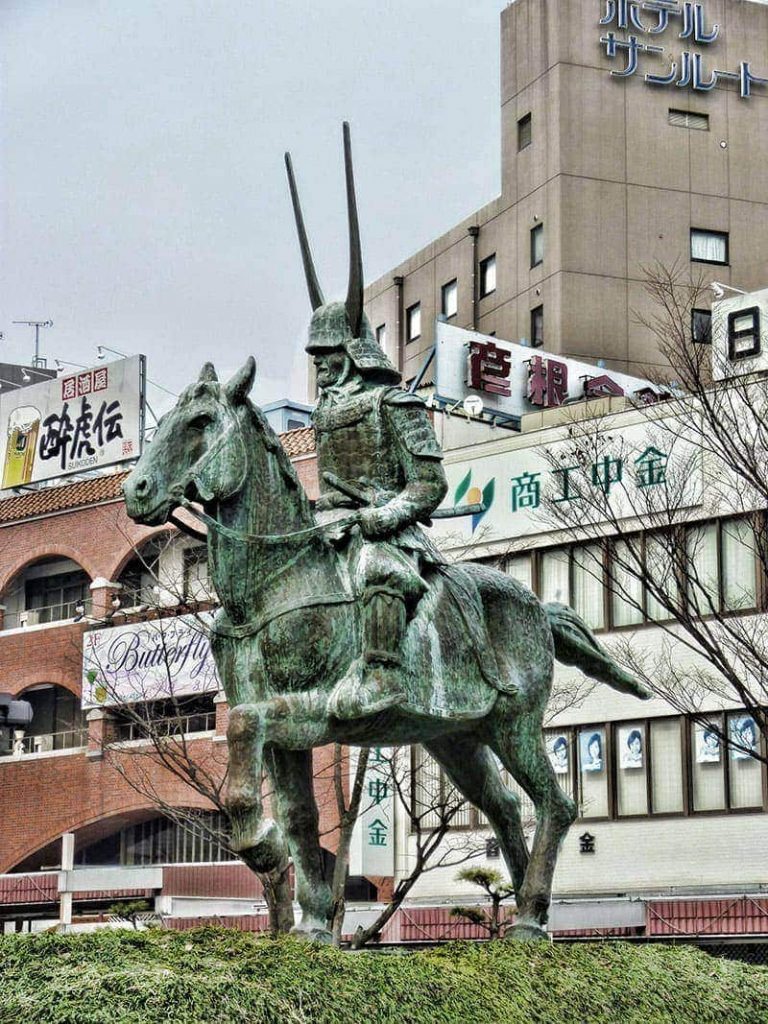
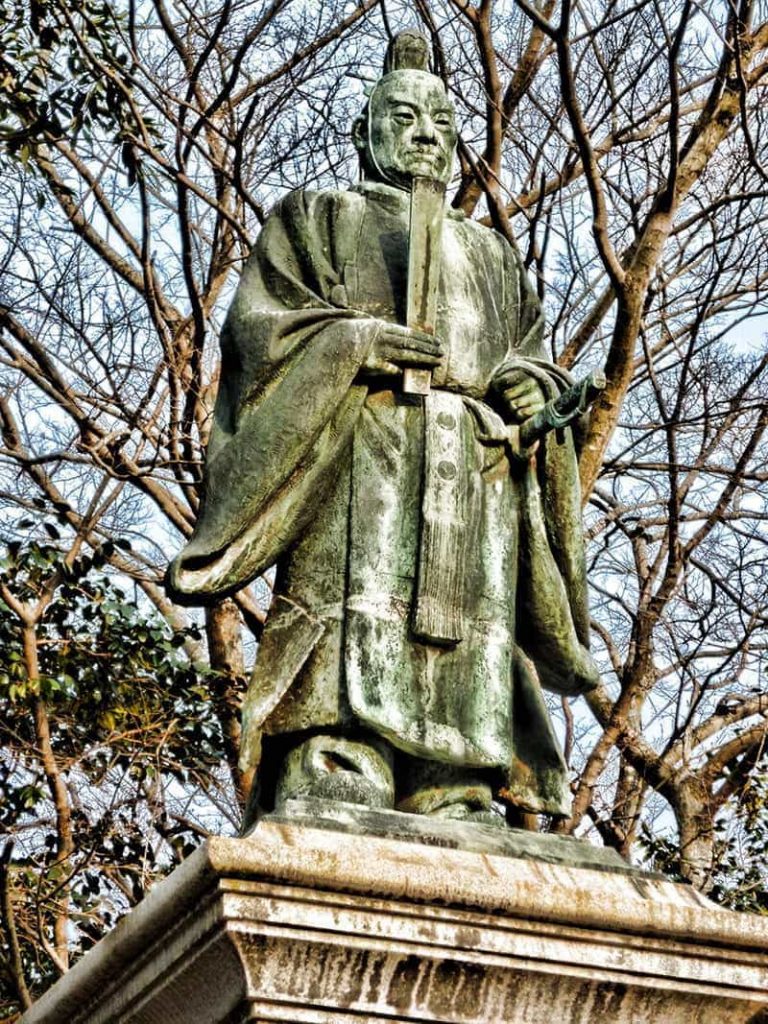
Getting to Hikone Castle, fees & facilities
We travelled by Shinkansen and local train, all of which were covered by the Japan Rail Pass. If you aren’t using the pass there are cheaper options using only local trains which will take a little longer.
Once outside Hikone station, it’s a 20-minute (1.6 km) walk down the main street. As you reach the end the moat and castle grounds are in front of you. You can cross the bridge directly to the castle grounds or head left, then right towards the lake for the shopping street and restaurant area. There’s another
The castle, garden & museum combo ticket costs Y1000 for an adult entry and is open each day from 8.30 am until 5.30 pm. Information pamphlets and some signs were available in English and we found the staff in the museum also had good English when we had a minor problem, they were as always in Japan, incredibly helpful.
There are toilet facilities available within the castle grounds and museum. Souvenirs are for sale from a kiosk outside the main keep but I’d suggest purchasing food and drink prior to entry.
If you only had the opportunity to visit one castle in Japan I would recommend Himeji-jo, its size and situation are truly impressive. I do think Hikone-jo was well worth a visit though, especially if you could visit in a season other than winter. The view from the Tenshu would have been breathtaking had it not been for the mist which obscured the lake and much as the surrounding town.
We’d love to know in the comments below if you’ve been to Hikone-jo or any of the other Japanese castles. Which was your favourite?
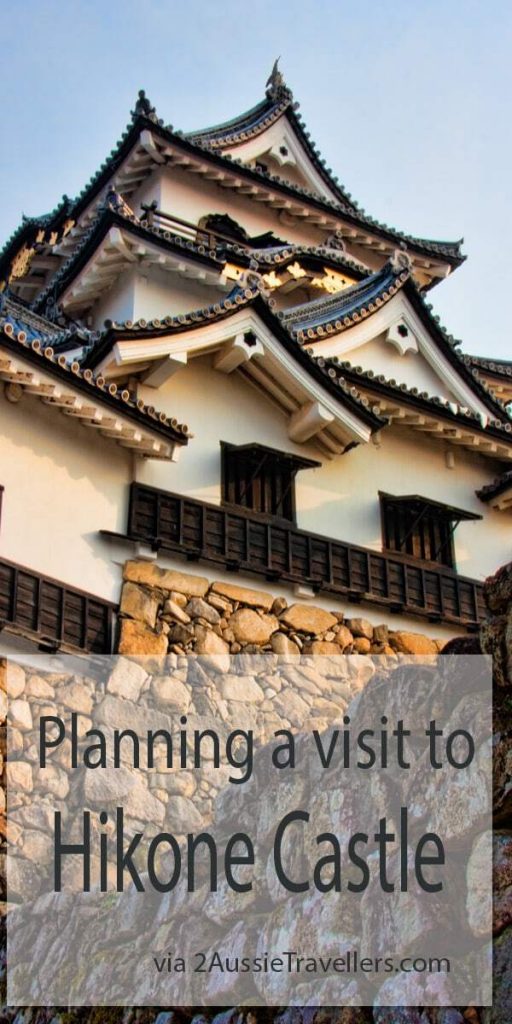
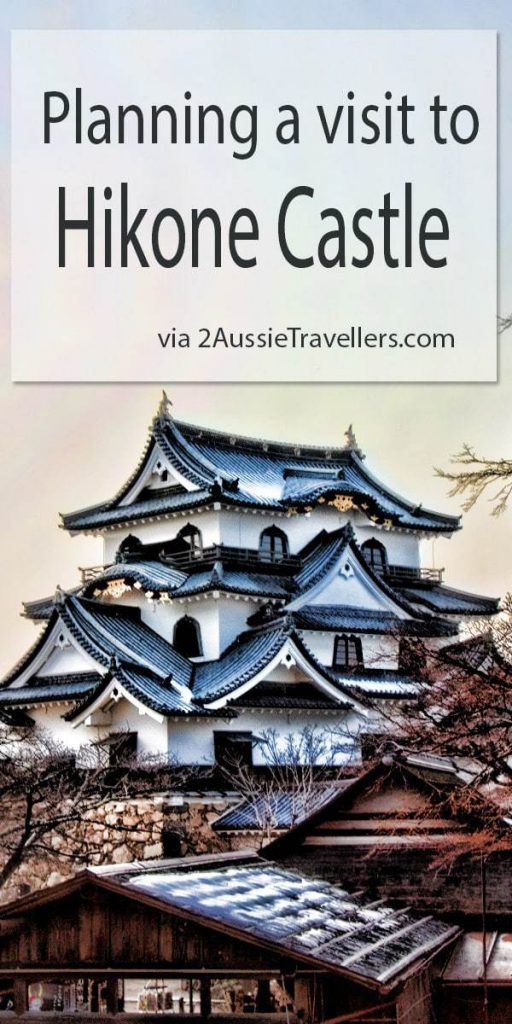
Kerjan | Backpack Babe
Wednesday 10th of June 2015
WOW! That temple on your first photo is absolutely STUNNING! Japan is so gorgeous, especially all architecture and flowers. Thanks for the post!
Stephanie
Monday 8th of June 2015
Enen though I've lived in Japan for two months I've seen so little due to work! Hikone castle looks beautiful. You can imagine the history that's happened there in the past.
twoaussietravellers@yahoo.com
Monday 8th of June 2015
Thanks Stephanie. Are you still in Tokyo are have you moved north now?
Mary
Monday 8th of June 2015
What a fascinating spot! So beautiful too, that first pic especially. I'm really bummed we missed Japan while in Asia. Guess we just have to head back and explore!
Christy
Monday 8th of June 2015
I'm fascinated by castles too, but I've never thought about visiting a Japanese castle!
Kate
Monday 8th of June 2015
Japan is a country I still haven't been to and I'm fascinated by it. This palace looks fantastic and there is so much history. Great photos and inspiration, thanks for sharing